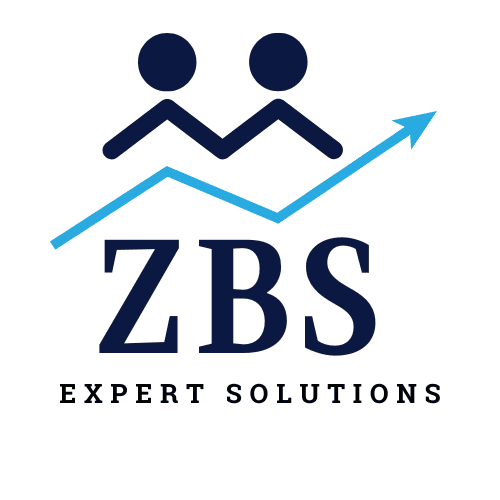
In today’s digital landscape, users expect software solutions to be intuitive, responsive, and tailored to their specific needs. SaaS platforms are leveraging artificial intelligence (AI) and data-driven insights to deliver personalised user experiences that drive engagement, customer retention, and overall satisfaction. As competition in the SaaS industry grows, businesses must go beyond generic solutions and focus on customised SaaS services that meet the unique needs of users. This article explores how personalisation in SaaS solutions enhances user engagement and the role of cloud-based SaaS platforms in delivering tailored experiences.
The Power of Personalisation in SaaS
Personalisation is transforming the way users interact with SaaS applications. Whether it’s a cloud-based CRM, marketing automation software, or subscription-based SaaS, platforms that adapt to user preferences provide a competitive advantage.
A personalised experience improves:
User satisfaction – Customised interfaces and features enhance usability.
Engagement – Users interact more with platforms that align with their workflow.
Customer retention – SaaS providers that offer tailored experiences reduce churn.
Product adoption – Users are more likely to utilise software that meets their needs from the start.
To achieve these benefits, SaaS companies are investing in AI-powered personalisation strategies that analyse user behaviour and predict their needs.
How SaaS Platforms Leverage Data & AI for Personalisation
1. AI-Powered User Recommendations
Just like streaming services suggest content based on viewing history, AI-driven SaaS platforms use machine learning to recommend relevant tools, features, or workflows. This is particularly useful in:
CRM systems that suggest follow-ups based on past interactions.
Project management SaaS that prioritises tasks based on user behaviour.
Marketing automation platforms that customise campaign suggestions.
By analysing how users interact with a platform, AI refines recommendations, making SaaS solutions smarter and more efficient.
2. Customisable Dashboards & Interfaces
One-size-fits-all dashboards are outdated. Modern cloud-based SaaS platforms offer:
Drag-and-drop widgets to customise dashboards.
Role-based access to ensure users see only relevant data.
For example, SaaS analytics tools allow marketers to view campaign performance metrics while sales teams track leads—all within the same platform.
3. Behaviour-Based Automation
AI-powered automation ensures that users receive relevant updates and notifications without manual effort. SaaS companies integrate automation into:
Customer support – AI-driven chatbots provide personalised responses based on past interactions.
Email marketing – Automated campaigns adjust content based on user preferences.
Workflow automation – Business process SaaS tools trigger tasks based on user actions.
This level of customisation ensures that users receive the right information at the right time, improving productivity and engagement.
4. Predictive Analytics for Better Decision-Making
AI in SaaS solutions doesn’t just personalise user experiences—it also helps businesses anticipate needs. Predictive analytics analyse past behaviours to:
Forecast user churn and send proactive retention strategies.
Identify trends in customer support issues and suggest solutions.
Recommend upgrades or add-ons based on usage patterns.
For instance, a subscription-based SaaS platform can alert a business when it’s nearing its usage limit and suggest an upgrade plan.
5. Adaptive Pricing Models
SaaS platforms are increasingly offering personalised pricing models to cater to different user needs. Instead of rigid pricing structures, businesses can choose:
Usage-based pricing – Pay for only what’s used.
Feature-based pricing – Select the most relevant tools.
Custom enterprise plans – Tailored solutions for large organisations.
This flexibility ensures that customers pay for what they need while getting the best value from the software.
Challenges of Personalisation in SaaS
While personalisation enhances user engagement, SaaS providers must also address challenges such as:
Data privacy concerns – Ensuring compliance with GDPR, CCPA, and other regulations.
Over-personalisation – Avoiding excessive customisation that may overwhelm users.
Integration complexities – Seamlessly connecting with existing business tools.
Balancing customisation with simplicity is key to providing a great user experience.
Future Trends in SaaS Personalisation
As SaaS companies continue to innovate, we can expect to see:
Deeper AI integrations – Smarter algorithms for hyper-personalised interactions.
Voice & conversational interfaces – AI-driven voice assistants within SaaS platforms.
Enhanced cross-platform synchronisation – Personalised experiences across desktop, mobile, and wearable devices.
Businesses that invest in SaaS solutions with advanced personalisation features will stay ahead in the competitive landscape.
Final Thoughts
Personalisation is no longer a luxury—it’s a necessity for SaaS platforms looking to enhance user engagement and retention. By leveraging AI-driven insights, customised interfaces, and predictive analytics, cloud-based SaaS solutions provide users with a more intuitive and relevant experience.
For businesses exploring SaaS applications, prioritising platforms with tailored user experiences will lead to greater efficiency, higher customer satisfaction, and long-term success.




